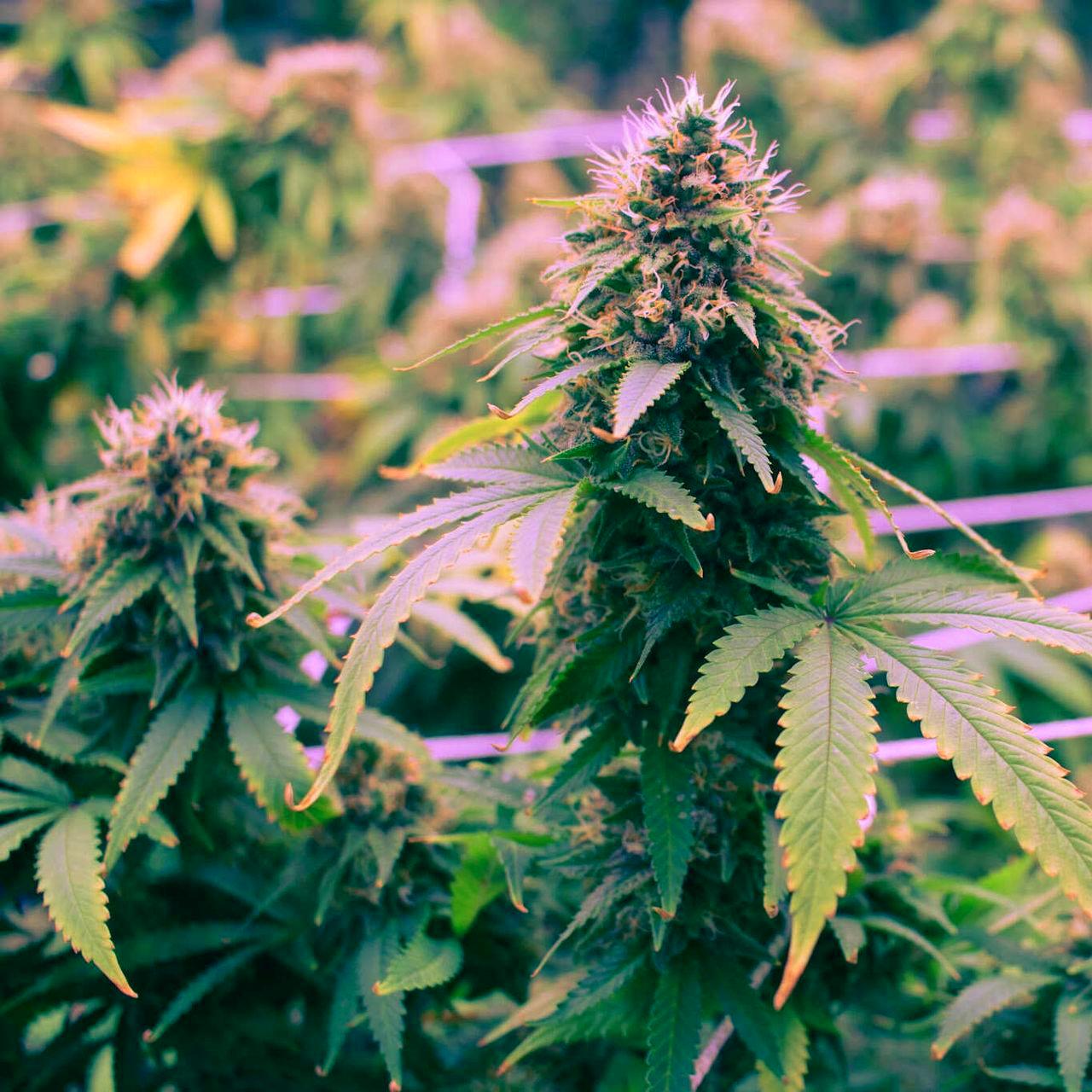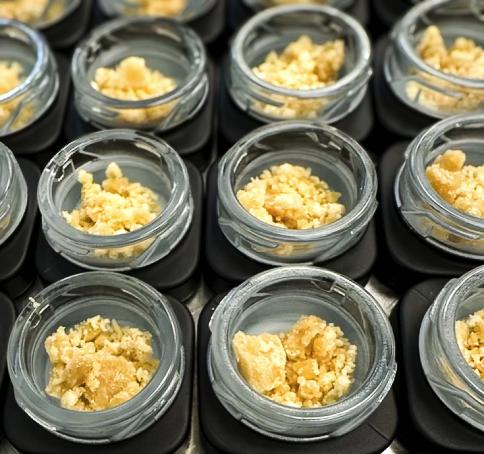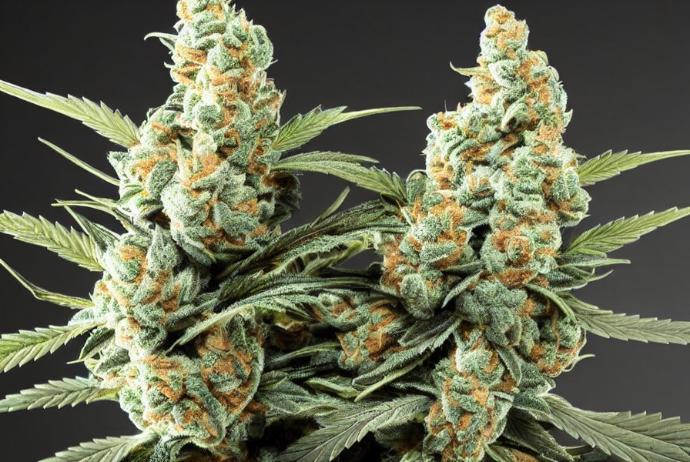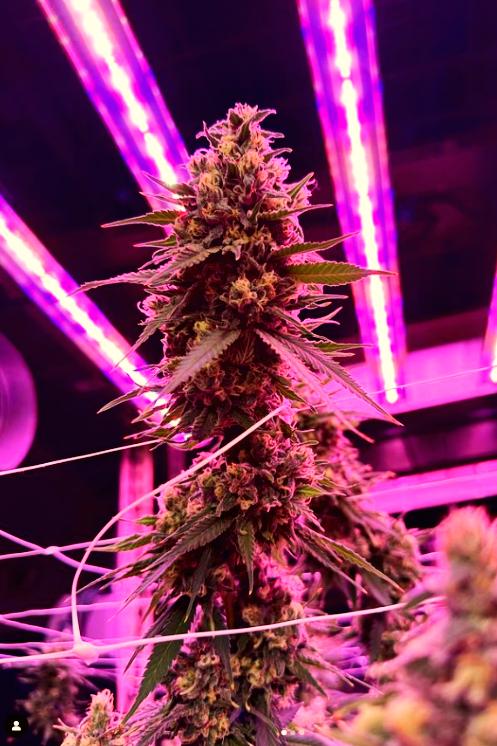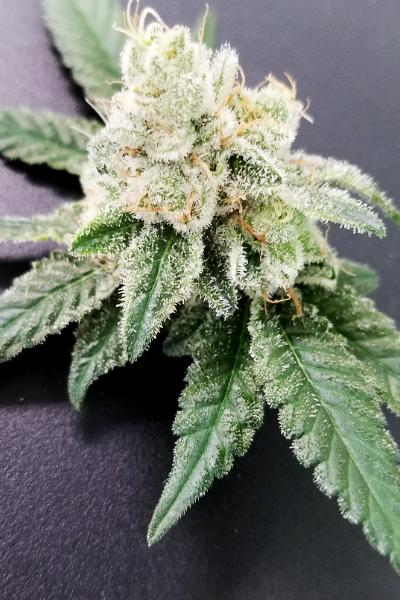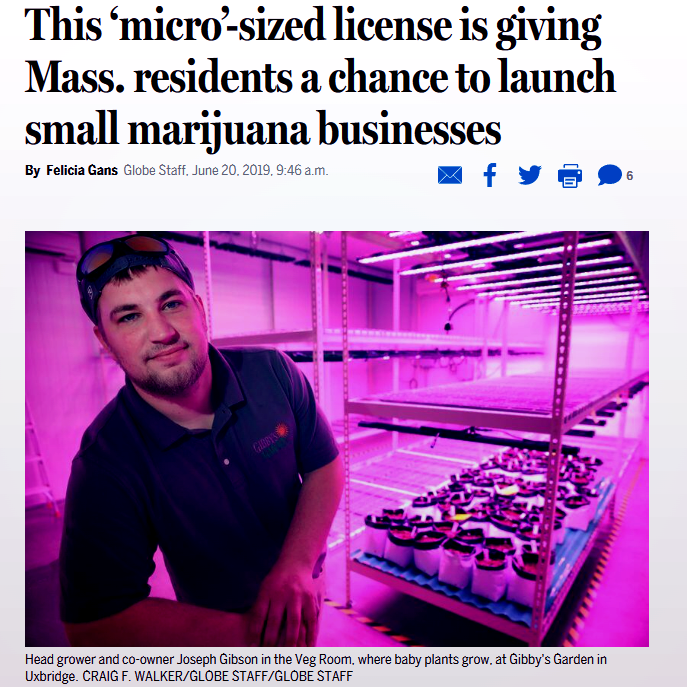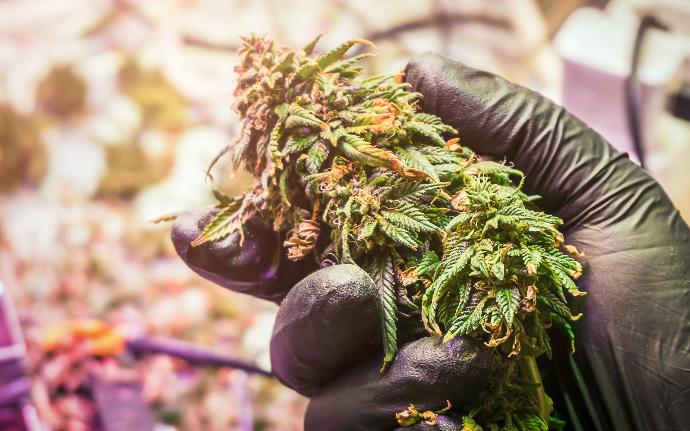Introduction to Myrcene
Myrcene is a captivating terpene that has captured the attention of cannabis enthusiasts and researchers alike. As one of the most abundant terpenes found in the cannabis plant, myrcene has become a focal point for understanding the complex interplay between the various compounds that contribute to the unique effects and aromas of different cannabis cultivars. However, the significance of myrcene extends far beyond the realm of cannabis, as this versatile molecule can be found in a diverse array of plants, each offering its own intriguing story.
What Is Myrcene?
Myrcene is a naturally occurring compound known for its musky, earthy aroma characteristic of certain cannabis strains. This terpene is also present in hops, contributing to the unique fragrance of beer, as well as in lemongrass, basil, and other aromatic plants.
Myrcene in Cannabis
In cannabis, myrcene is renowned for contributing to the earthy, musky aromas with sweet, fruity undertones reminiscent of mango and balsam. Its presence is significant in shaping the sensory profile of cannabis strains.
Common Strains High in Myrcene:
Some popular cannabis strains known for their high myrcene content include:
- OG Kush
- Blue Dream
- Remedy
- 9 Pound Hammer
- Grape Ape
- FPOG (formerly known as Fruity Pebbles OG)
- Granddaddy Purple
- Tangie
- Harlequin
These strains are noted for their rich aromatic profiles, where myrcene plays a crucial role.
Interestingly, myrcene is common in both THC and CBD strains, enriching the aromatic profile of these varieties.
Myrcene Beyond Cannabis
While cannabis is a well-known source, myrcene's influence extends to other plants that enhance flavors and aromas in various contexts. Hops, for instance, utilize myrcene to add to the earthy and herbal aroma profiles typical of certain beer styles.
Lemongrass and the bay laurel tree are also prominent myrcene sources, contributing rich fragrances widely appreciated in culinary applications.
Terpenes found in nature:
- Cannabis - Myrcene is one of the most abundant terpenes in many cannabis strains, where it contributes to the herbal, musky characteristics often associated with the plant.
- Hops - Used extensively in beer brewing, hops contain myrcene, which adds to the earthy and green aromas in many beers.
- Mango - This fruit is often noted for its high myrcene content, which contributes to its sweet, tropical scent.
- Lemongrass - Commonly used in culinary and medicinal applications, lemongrass contains myrcene, which imparts a fresh, citrusy aroma.
- Bay Leaves - Used in cooking, bay leaves contain myrcene, adding to their slightly floral and spicy fragrance.
- Thyme - Thyme is another culinary herb rich in myrcene, known for its strong, earthy flavor.
- Basil - Particularly the varieties used in Thai and other Southeast Asian cuisines, basil has notable levels of myrcene.
- Parsley - A common kitchen herb, parsley contains myrcene among other terpenes that contribute to its characteristic scent.
- Wild Thyme - Similar to regular thyme but with a stronger presence of myrcene.
- Ylang-Ylang - The flowers of this tropical tree are used to extract essential oils that are rich in myrcene.
- Verbena - Often used in herbal teas and fragrances, verbena has a clear myrcene content.
The Origins and History of Myrcene
Myrcene is found across a broad spectrum of aromatic herbs, fruits, and flowers, playing a key role in the ecological dynamics of these plants. Its presence is often associated with the plants' natural aromatic defenses and attractions.
The Future of Myrcene
As the cannabis industry evolves and consumer preferences become more sophisticated, myrcene's role in defining aromatic and flavor profiles of cannabis products will likely remain a central topic of interest. Beyond cannabis, myrcene's aromatic contributions are valued in various industries, ensuring its continued importance in flavor, fragrance, and beyond.
Conclusion
Myrcene is an extraordinary terpene that has captivated the attention of both cannabis enthusiasts and those interested in natural aromatics. Its widespread occurrence in cannabis and other botanicals highlights its importance as a key player in the aromatic world. As we continue to explore and understand myrcene, its role in enriching our sensory experiences is expected to grow, marking it as a significant molecule in both nature and industry.


